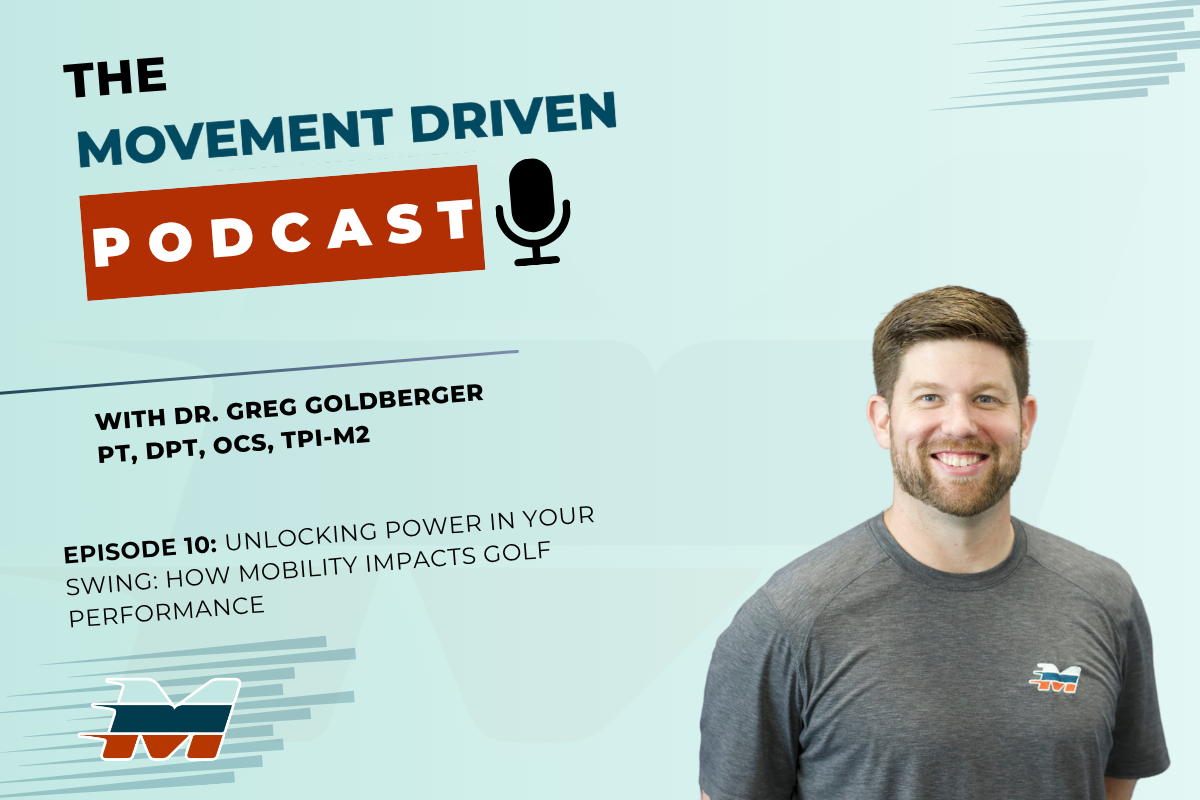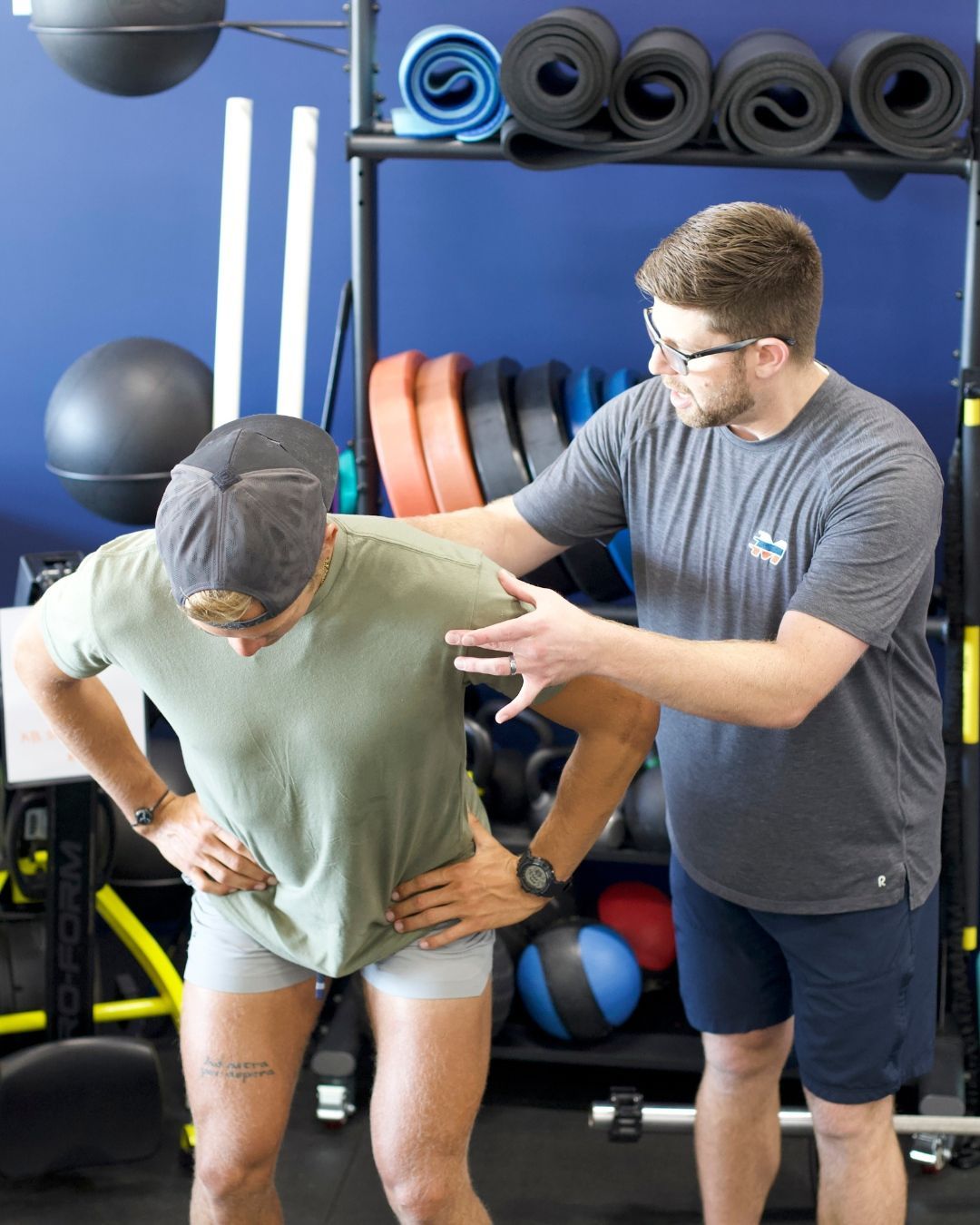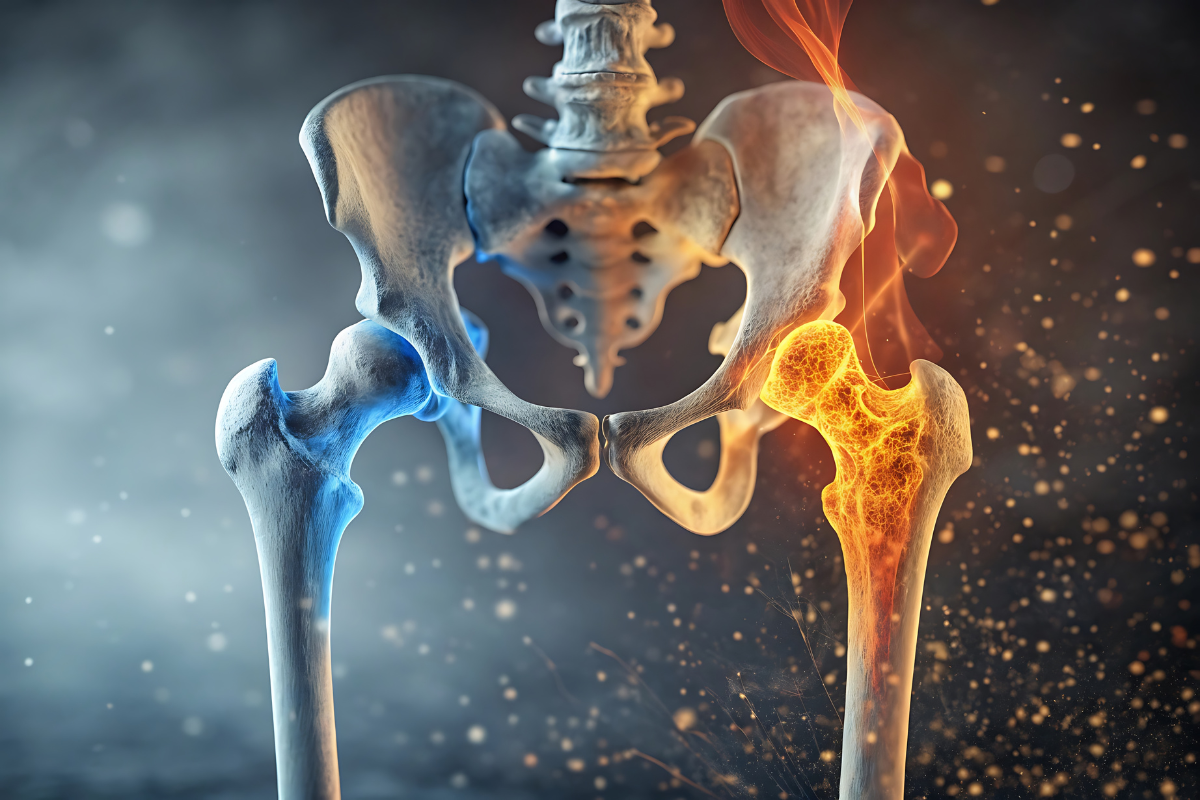The Myth of ‘Tight’ Muscles: Why You Might Need Strength, Not Stretching
Greg Goldberger • August 25, 2025
The real reason your muscles always feel tight (and what to do instead)

“I stretch every day—but I still feel tight.”
If that sounds familiar, you’re not alone. One of the most common things we hear from clients is that no matter how much they stretch, their muscles still feel stiff or restricted. Whether it’s tight hamstrings, calves, hips, or shoulders, many people are chasing flexibility when what their body actually needs is strength.
Welcome to the myth of tight muscles—and let’s break it down.
What Does “Tight” Actually Mean?
When most people say a muscle feels “tight,” they’re usually describing one of three sensations:
- A dull ache or tension when moving
- A feeling of restricted range of motion
- The urge to stretch that muscle frequently
But tightness isn’t always about short or inflexible muscles. In fact, it’s often a sign that a muscle is overworking to compensate for another muscle that isn’t doing its job—or that it’s simply weak and guarding.
Stretching Feels Good…But It Might Be a Temporary Fix
Let’s be clear—stretching isn’t bad. It can be a helpful tool for relaxation, blood flow, and temporarily improving range of motion. But when you’ve been stretching the same muscle for months with little to no improvement, it’s time to zoom out.
Example:
A client recently came in complaining of tight hamstrings. She had been doing yoga, foam rolling, and stretching every day. But nothing stuck. After assessing her movement, we found that her glutes and core weren’t activating well during activity. As a result, her hamstrings were constantly “on,” trying to stabilize her hips.
What helped?
Strengthening her glutes and trunk. Within weeks, her hamstrings stopped feeling tight—without adding a single extra stretch.
Why Strength Solves “Tightness”
Here’s what’s really happening behind the scenes:
- Weak muscles = poor control.
When your body doesn’t trust a muscle to do its job, it creates stiffness as a protective mechanism.
- Your nervous system matters.
If your brain thinks a joint is unstable, it will signal surrounding muscles to tighten up and guard.
- Strength provides security.
Once your body knows a muscle group is strong and stable, it will stop holding tension unnecessarily.
Common “Tight” Muscles That Actually Need Strengthening
- Hip Flexors
Often tight due to weak glutes and deep core.
- Hamstrings
Compensating for poor glute function and weak posterior chain.
- Calves
Overworking when ankles are unstable or when foot control is limited.
- Neck and Traps
Stiff because of weak postural muscles or poor thoracic mobility.
Try This Instead of Just Stretching:
Here’s a quick approach you can try:
- Activate the opposing muscle before stretching (e.g., fire up the glutes before stretching hip flexors).
- Train through full range of motion using controlled strength (e.g., lunges, bridges, deadlifts).
- Assess movement quality, not just flexibility.
Need help figuring out where your “tightness” is really coming from? That’s where we come in.
Let’s Bust This Myth—Together
Chronic tightness doesn’t have to be your norm. If stretching alone hasn’t worked for you, it’s time to get assessed by a movement expert who can help uncover the root cause.
Book a discovery call today
to help you move better, feel stronger, and finally ditch the foam roller-only routine.










